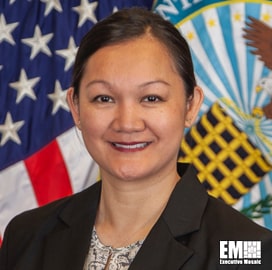The Department of the Navy has released a memorandum providing information on a framework designed to better assess information technology investment and performance by linking data to mission outcomes.
The memo seeks to incentivize enterprise adoption of the World Class Alignment Metrics framework, dubbed WAM, to prioritize IT investments and assess the business value, the office of the DON Chief Information Officer said Thursday.
The Program Executive Office for Digital and Enterprise Services, a.k.a. PEO Digital, will oversee the WAM framework by creating implementation guidance.
The memo signed by Justin Fanelli, acting chief technology officer at DON, lists five outcome-driven mission metrics. The first is time lost or the amount of time customers wait for IT services.
The other four mission metrics driven by outcomes are operational resilience, customer satisfaction, cost per user and adaptability and mobility.
The document also outlines several implementation best practices, including prioritizing IT investments based on the impact they have on five outcome-driven mission metrics and considering the WAM framework for system rationalization and other divestiture decisions related to IT portfolio management and Operation Cattle Drive.

Register here to join the Potomac Officers Club’s 5th Annual CIO Summit on April 17 and learn more about the latest modernization strategies and how industry can help meet the priorities of federal CIOs.













